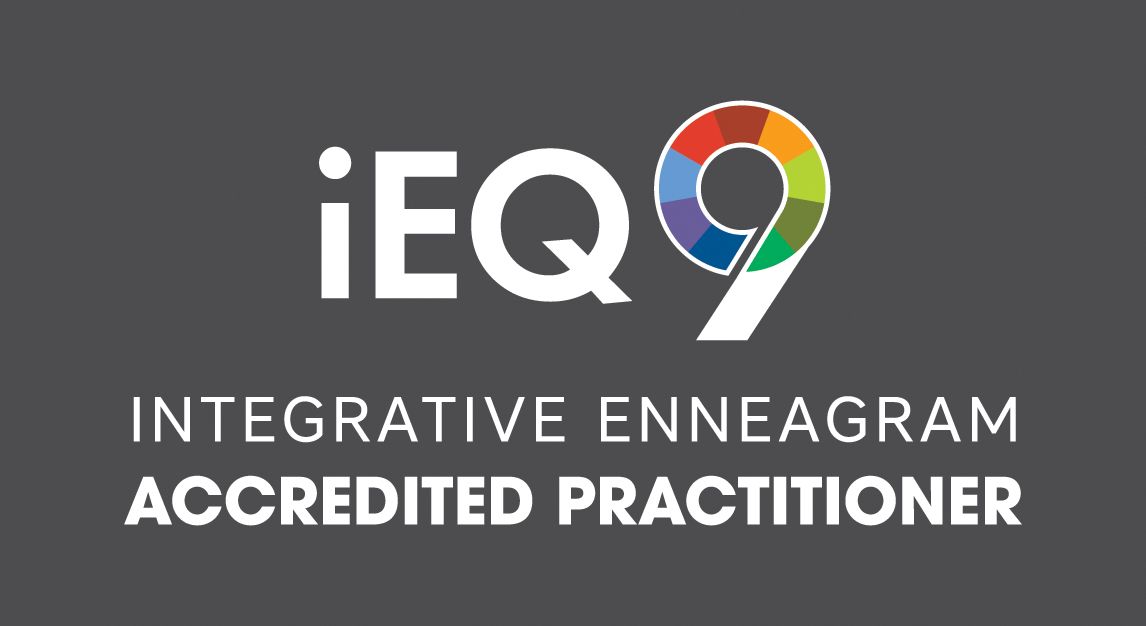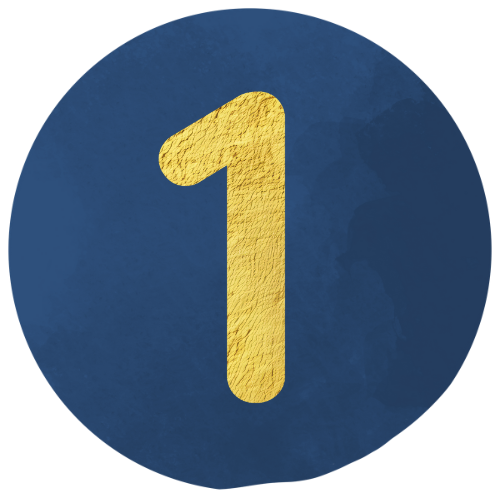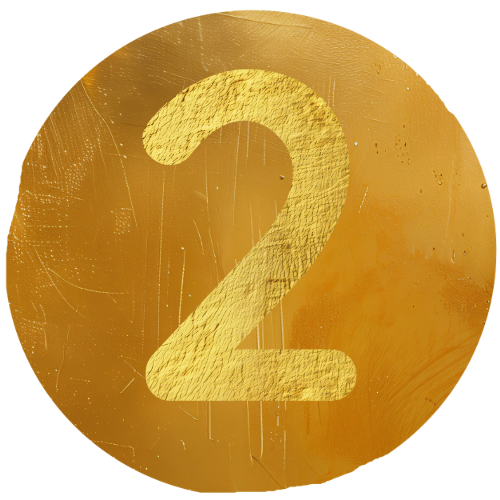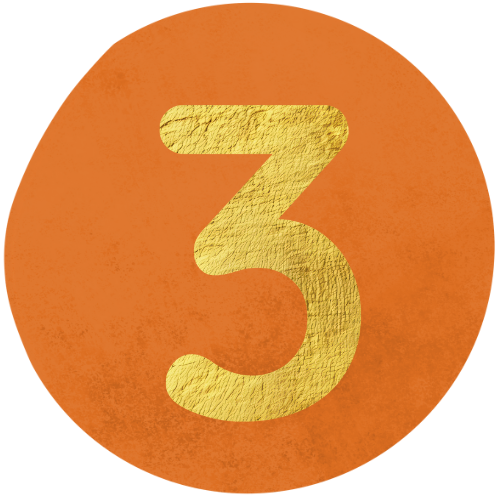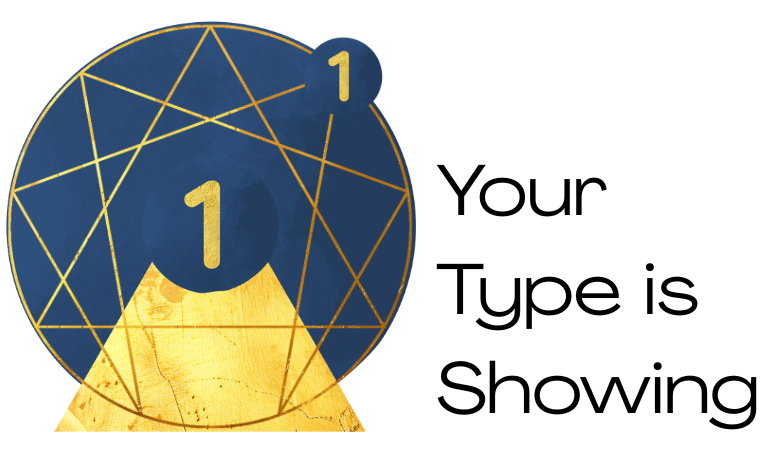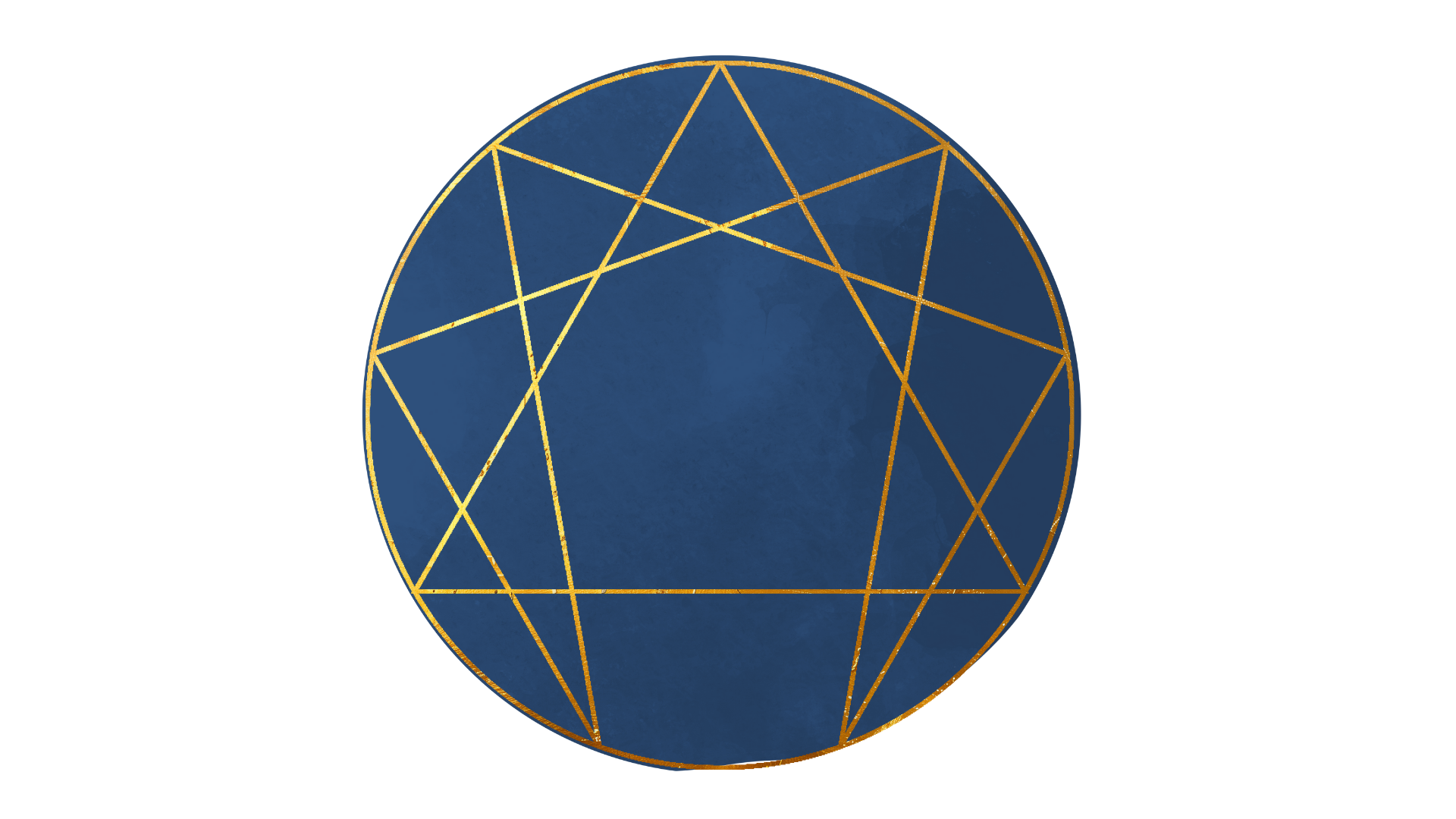
“Between stimulus and response there is a space. In that space is our power to choose our response. In our response lies our growth and our freedom.”
— Viktor Frankl
The Enneagram: a practical map for real growth
Most of us live on autopilot.
We repeat patterns, react under pressure, and wonder why change never sticks.
The Enneagram helps us see these patterns clearly.
It shows why we do what we do — and how to return to presence, choice, and wholeness.
For over 20 years I’ve worked in human development, counselling, and leadership.
This is the most powerful tool I know for deepening emotional intelligence, self-understanding, and real transformation — especially for people in leadership.
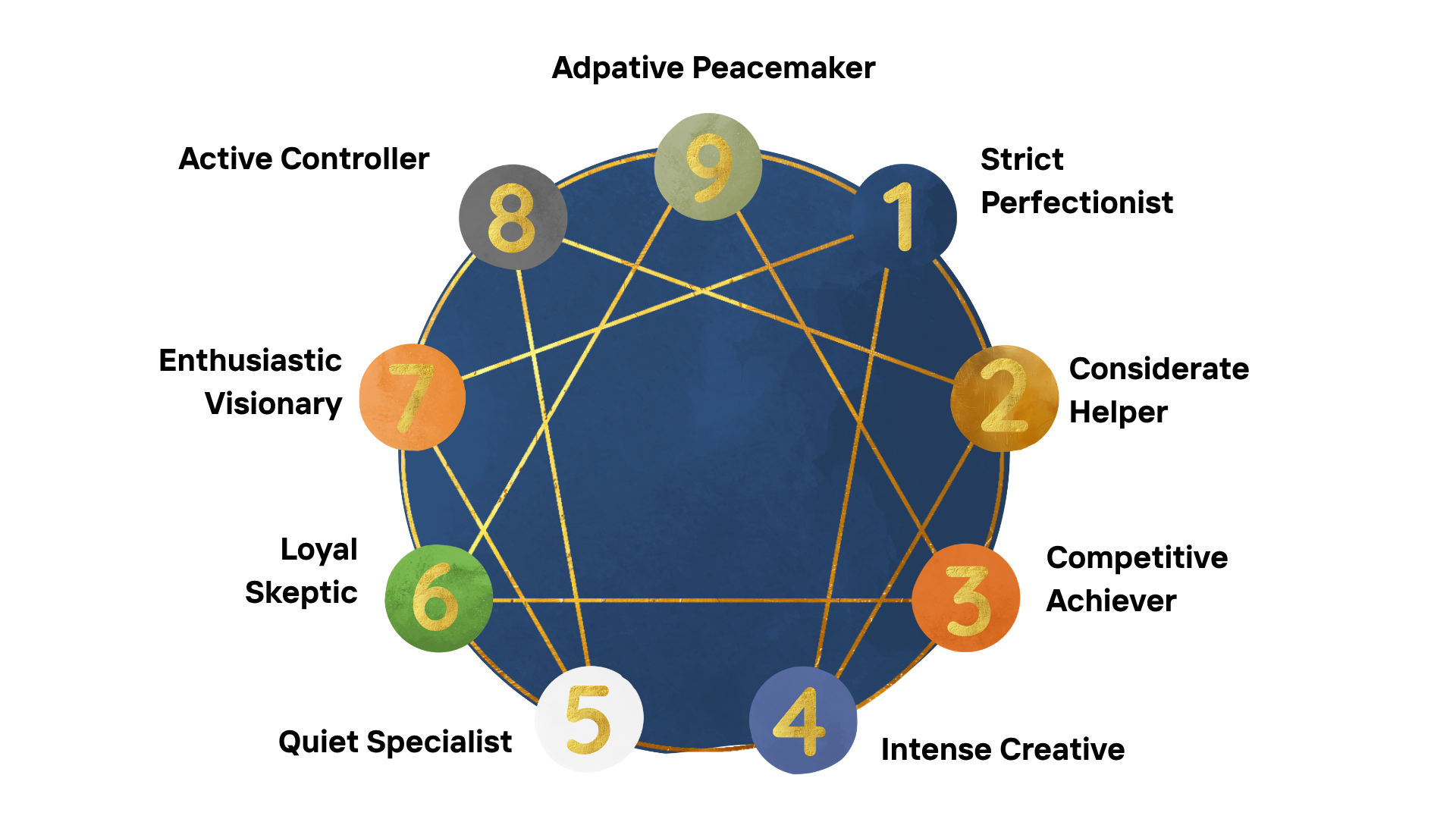
“Until you make the unconscious conscious, it will direct your life and you will call it fate.”
— C. G. Jung
A Brief History
The Enneagram, as a modern personality instrument, was popularised in the 1970s by Claudio Naranjo, a Chilean-born psychiatrist trained in the United States.
His work built upon that of Oscar Ichazo, who drew from philosophical, psychological, and spiritual traditions reaching back centuries.
Since then, the model has been refined by teachers, researchers, and practitioners worldwide — becoming a rich, evidence-informed framework for human growth and consciousness development.
We Each Have All Nine — Yet One Leads
We all express aspects of the nine types.
Still, one strategy becomes our home base — the pattern we default to under stress and in daily life.
Think of your core type as a survival-and-happiness strategy — an intelligent way your system learned to secure belonging, safety, and control.
It’s ingenious and effective, but when it runs on autopilot, it limits presence and choice.
In short: your personality isn’t a box someone puts you in — it’s the box you learned to live in.
The work is noticing that box and learning how to step out of it.
“You are not your personality. Personality is simply how you learned to survive.”
— Enneagram Teaching
From Pathology → Path-ology
The Enneagram is not a disease or dysfunction model.
It doesn’t diagnose what’s wrong with you — it reveals the path back to what’s right and whole.
When we lose contact with our essential nature, we begin to act from suboptimal patterns — the learned defences of our personality.
The Enneagram shows us the path back to wholeness — thus, Path-ology.
Example: Type Two – The Helper
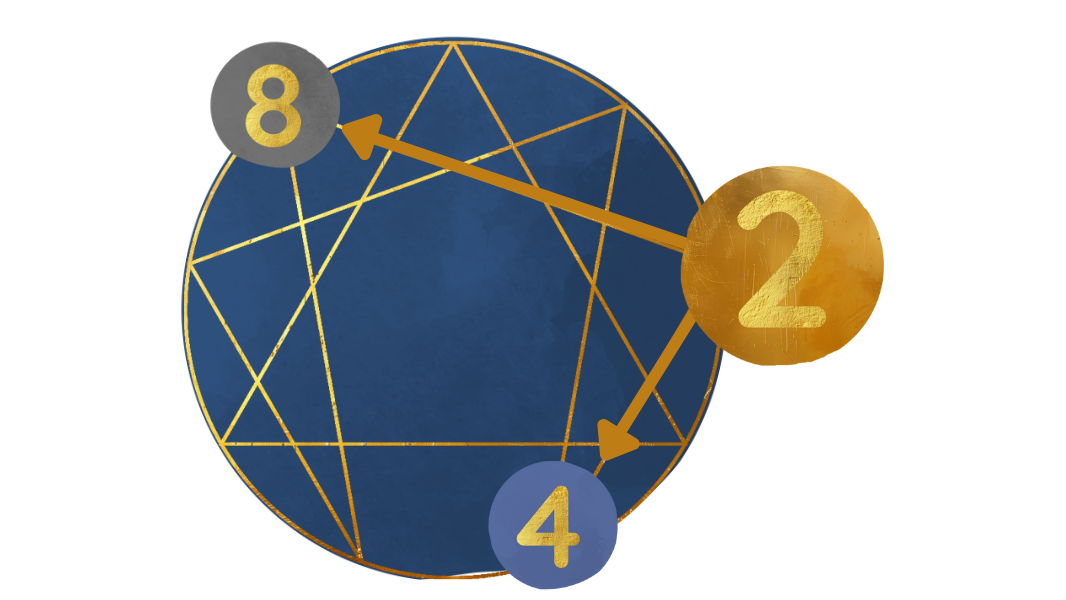
The lines within the Enneagram reveal how each type holds the seeds of its own growth — showing the path from our habitual patterns back to balance and wholeness.
For a Type Two, whose core belief is “I’m only valuable if I meet others’ needs,” this path means turning inward to rediscover self-worth that isn’t dependent on being needed. The movement toward Four invites deeper emotional honesty and authenticity — learning to feel their own desires and individuality. The movement toward Eight calls forth grounded strength and boundaries — reclaiming the power to say no and act from self-respect rather than approval-seeking.
Together, these lines symbolise a return to wholeness: from pleasing to presence, from dependency to empowered love. The Helper becomes both compassionate and strong — able to give freely because they are no longer giving themselves away.
Awareness Always Comes Before Skill
To work with the Enneagram is to cultivate compassionate observation — catching ourselves in the act without judgement.
We don’t force change; we simply notice.
And in that noticing, a new response becomes possible.
“We do not free ourselves by trying to be free,
but by simply noticing:
how am I imprisoning myself, in each moment I am imprisoning myself?”
— Zen Theory of Change
By offering clear objects for awareness, the Enneagram helps us wake up to the ways we lose presence — and, in doing so, recover our freedom.
Explore the Nine Core Strategies
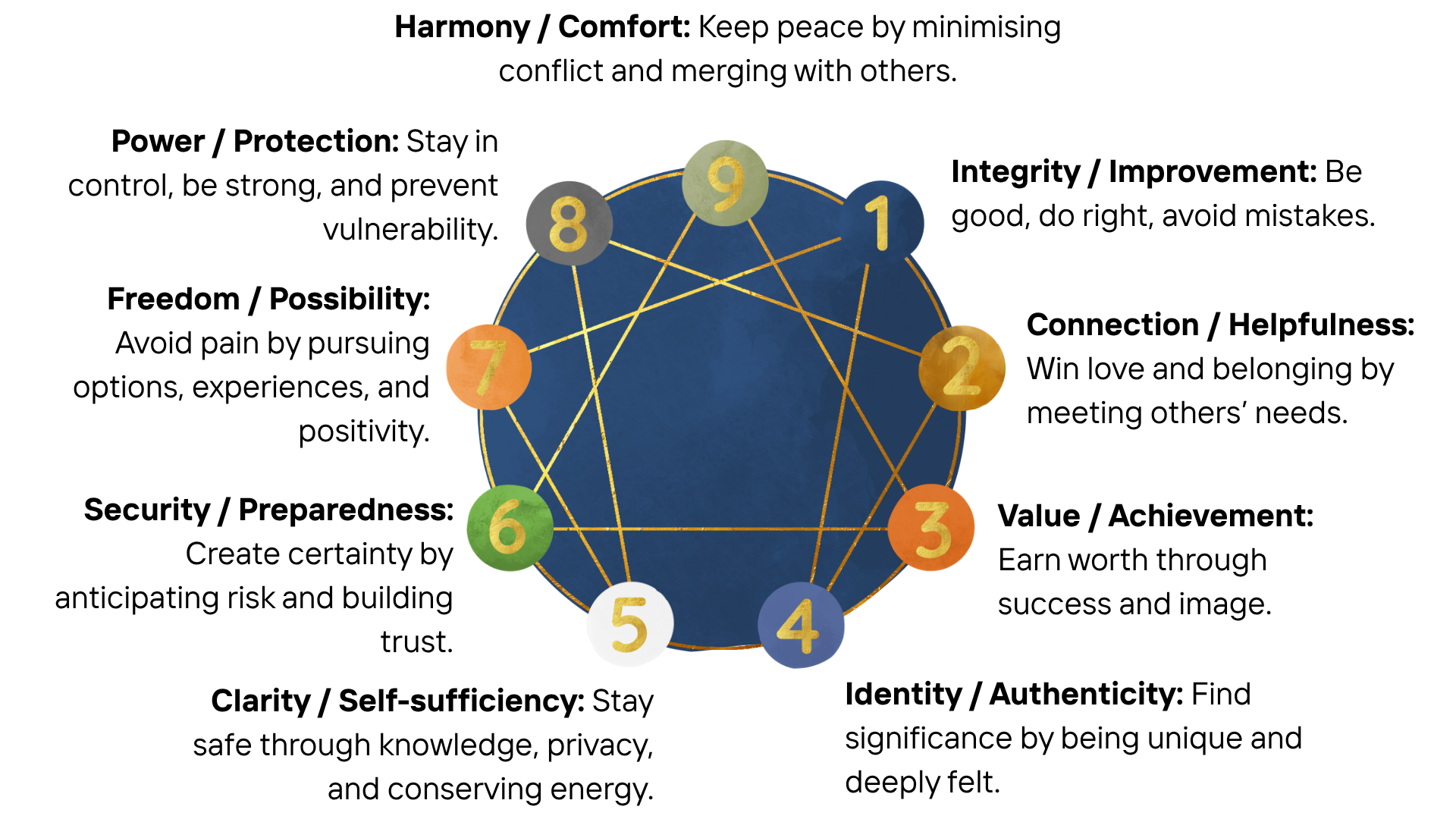
Choose Your Next Step
Step 1 — Discover Your Type
Find your Enneagram type in 10 minutes.
Take the short, accurate quiz to start narrowing in on your core strategy — and see which of the nine patterns most feels like home.
Start the 10-Minute Quiz ➜
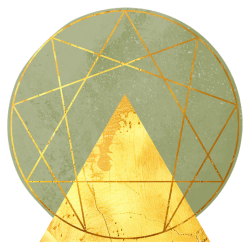
Step 2 — Integrate with Guidance
Wake Up. Grow Up. Show Up.
Join the free 8-part email series — a reflective, practical journey through the Enneagram that helps you recognise patterns, understand motivations, and respond with presence.

Step 3 — Go Deeper with Precision
Get the most accurate assessment:
iEQ9 Personalised Report & 1:1 Coaching — industry-leading accuracy and reliability.
Ben Pangas
Ben brings the pragmatism of a builder, the compassion and care of an certified counsellor, and the rigor and evidence of a master’s in coaching psychology into the design and delivery of development programs - that ensure teams show up with clarity, trust, and the capacity to do meaningful work together.
